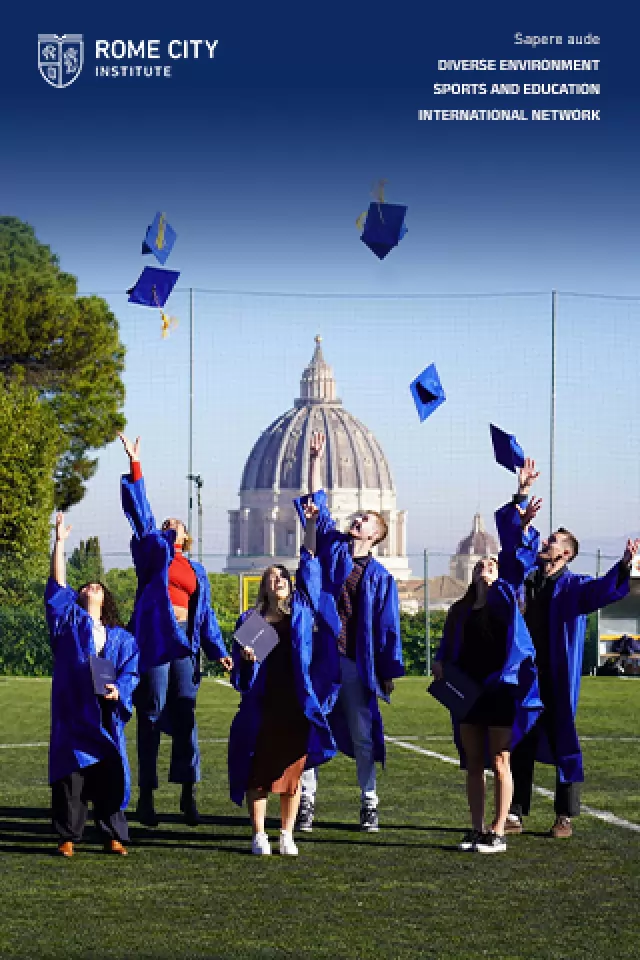Recently released figures from Japan’s ministry of foreign affairs reveal that 2,234 Japanese people live in Rome. While this number may be miniscule, Rome’s Japanese community contributes actively to the city’s business and cultural circles, and the links between Rome and Tokyo are growing. In January Japanese entrepreneur Yuzu Yakhi, who has imported Italian clothes to his chain of 400 outlets in Japan for 40 years, made headlines in Rome after agreeing to provide the ?1million funding needed to restore the city’s iconic Egyptian-style pyramid, Piramide Cestia, in the S. Paolo-Ostiense district.
Japan’s embassy to Italy can be found on Via Quintino Sella near Porta Pia while the Scuola Giapponese di Roma near Via Aurelia in the Bravetta part of the city is an elementary and junior high-school whose curriculum is based on the Japanese educational system. Those wishing to enjoy an authentic Japanese experience in Rome however should look no further than Via Antonio Gramsci in the city’s foreign academy belt in leafy Valle Giulia. Above the British School and the National Gallery of Modern Art, amidst exotic gardens sits the Japanese Cultural Institute. Designed by architect Isoya Yoshida (1894-1975) the building is a superb example of the architecture associated with Japan’s Heian period (794-1185). The long eaves, which taper elegantly from the series of flat rooftops, jut out over brown and white pillars and grated hitomi walls, while cherry trees, wisteria, irises and dwarf pines envelop the building which looks across to the green confines of Villa Borghese. The combined effect results in the edifice being a lesson in tasteful, balanced and organic design, in contrast to some of its more grandiose neighbours.
The institute's gardens are the work of the renowned garden designer Ken Nakajima, who was also responsible for the Japanese section of the botanical gardens in Trastevere some 20 years ago. They feature all the essential elements associated with the Sen-en style, including a waterfall, ponds, an ornamental bridge and a traditional tóró stone lamp, and this year they are open to the public from 26 March to 28 May.
With its tall lanterns suspended from the ceilings, its wooden surfaces and generous feeling of space, upon entering the building visitors have the sensation of stepping into Japan. Director Fumio Matsunaga describes the interaction of Rome’s Japanese community as vital in the role of the institute. “Our varied artistic and cultural activities such as concerts, theatrical performances, exhibitions, conferences and language courses are often conducted in collaboration with Italy’s Japanese community which is crucial to the daily diffusion of our culture in Italy.”
As Rome’s Japanese Cultural Institute prepares for its 50th anniversary next year, it is perhaps timely to acknowledge the cultural contribution it has brought to the city since it was established in December 1962, the first of its kind to be built overseas. In 1972 Japan’s ministry of foreign affairs established the Japan Foundation or Kokusai Joryu Kikin, replacing the Kousia Bunka Shinkókai, a private society which promoted international cultural relations. Since 2003 the Japan Foundation has been an independent institution with a global presence, and in Rome it co-exists with the Japanese Cultural Institute which assists it in the coordination of the foundation’s programmes in Italy. Language courses at the institute are divided into four-year programmes of spoken and written Japanese. Beginners attend conversation courses while the more adept opt for the advanced examination in Japanese language proficiency, known as Nihongo Shiken Nôryoku. Held in December, about 500 candidates in Italy sit the test each year. With over 32,000 volumes the library contains the most comprehensive collection of Japanese-related material in Italy, 60 per cent of which is in Japanese with the rest available in European languages, particularly English. The film library comprises 140 feature films and 80 documentaries about Japanese culture and art which are loaned regularly to cultural associations in Italy.
While Japanese culture might conjure up images in Rome of the city's increasingly popular sushi restaurants and large numbers of tourists, the majority of Japansese residents can be found working in business and financial circles. For the last five years Alberto Gaetani from Appio Latino in Rome has worked at JCB International, a major credit card company whose Rome office is on Via Barberini. With over 64 million JCB cardholders, the Japanese firm employs 2,787 people worldwide and recently celebrated 50 years in business. Gaetani says “There are five Italians and two Japanese people working here in Rome’s JCB branch. I can confirm the cliché that the Japanese are hard workers and I’m proud to work for a company whose primary objective is to provide a high quality service to its customers. And although our cultures are far apart, the Japanese are much more like Italians than we might realise, they just hide it well!”
In 2006, after being approached by their Japanese friends in Italy, Roman Gianluca Rocchi and his Japanese wife Kanako Osawa identified the need for a “virtual bridge between Japan and Italy” and subsequently launched the Youkoso Italia social networking blog for Italo-Japanese couples and friends of both cultures. Inspired by the Japanese word for welcome, the blog offers news and practical advice to Japanese people living in Italy as well as tips for Italians travelling to Japan, and in Rome it actively promotes Japanese culture. Regular classes in martial arts and the gentle art of kimono investiture are organised while a tea-tasting course providing the historical and practical elements behind the ancient ceremony begins on 26 March and is open to all.
Meanwhile the Japanese Cultural Institute is currently screening a series of 18 films by Yasuzo Masumura, an acclaimed Japanese director noted for his dark, satirical style. All of the films appear in their original version with English subtitles, with one of his most famous films The Red Angel being screened on 15 March. In addition the institute is hosting Giappone 900 from 14 March to 2 May. An impressive exhibition of prints, paintings, sculpture, woodcuts, lacquer and ceramics which contrasts traditional Japanese works with western-influenced art, the pieces come from the institute’s collection and are by some of Japan’s leading artists from the last century.
Andy Devane
Scuola Giapponese di Roma, Via della Casetta Mattei 104, tel. 0665670219.
Istituto Giapponese di Cultura, Via Antonio Gramsci 74, tel. 063224754. www.jfroma.it. Mon-Fri 09.00-12.30/13.30-18.30. Wed until 17.30.


















